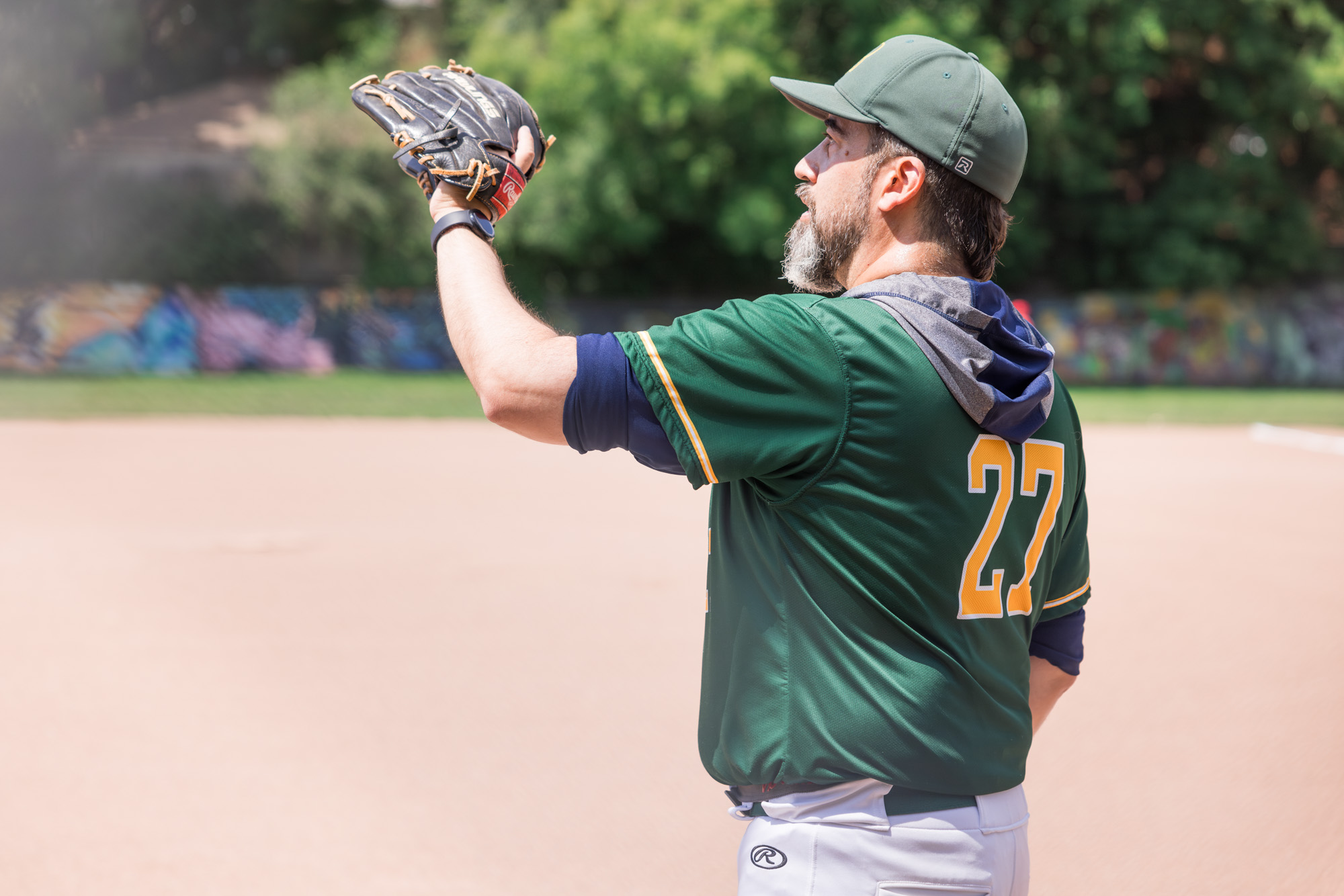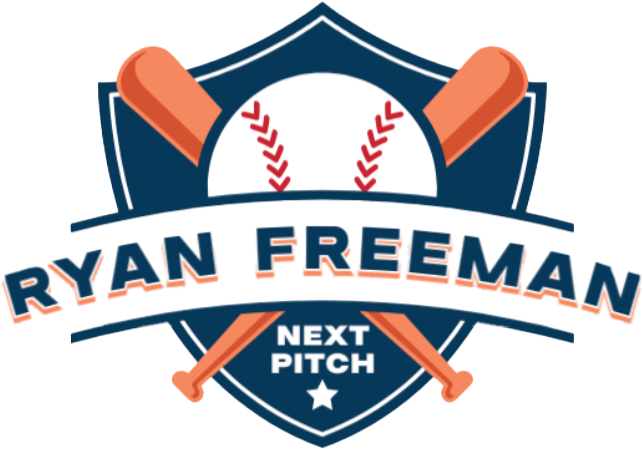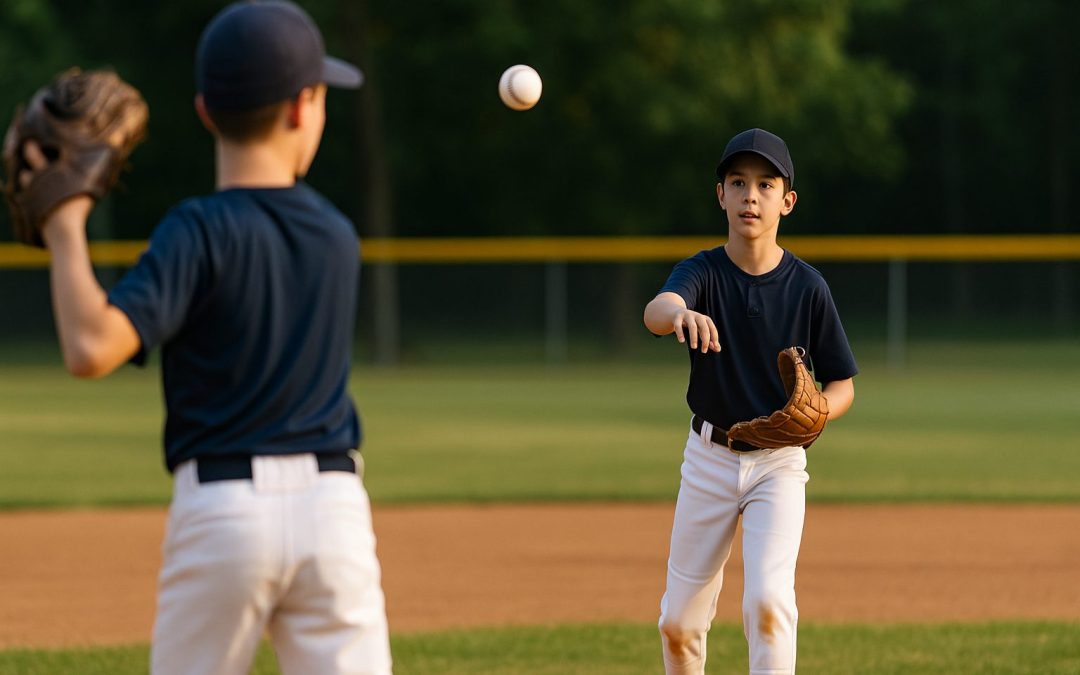Legendary Coach Tom House: Why You Should “Warm Up to Throw, Not Throw to Warm Up”
When it comes to pitching coaches, few names are as respected as Tom House. A former Major League Baseball pitcher turned coach, House has earned nicknames like the “father of modern pitching mechanics” for his groundbreaking work in training pitchers. He has over 50 years of experience in baseball and has coached legends from Hall of Fame pitcher Nolan Ryan to NFL quarterback Tom Brady. Beyond his on-field accomplishments, House holds a Ph.D. in sports psychology and is known for blending science with sport to keep athletes performing their best. In short, Tom House is a trusted authority on how to throw safely and effectively.
Among Coach House’s many teachings, one simple phrase stands out as his signature advice: “Warm up to throw, don’t throw to warm up.” This motto encapsulates a key principle he emphasizes with pitchers of all ages. House often repeats this phrase at clinics, in articles, and on social media as a reminder that every throwing session should begin with a proper warm-up – not the other way around.
“Warm up to throw, don’t throw to warm up. This goes for pitchers and quarterbacks from MLB and the NFL down to Little League and Pop Warner,” said Tom House, highlighting that the rule applies to athletes at every level.
What Does “Warm Up to Throw” Mean?
In simple terms, House is telling players that they need to get their body warm and loose before they start throwing a baseball. Instead of grabbing a ball and immediately firing away to “loosen up” your arm, you should do exercises that raise your core temperature, increase blood flow, and activate your muscles first. According to the National Pitching Association (which House co-founded), a good warm-up routine will:
- Increase your core body temperature and blood circulation
- Improve joint mobility, flexibility, and stability
- Reduce the buildup of lactic acid in muscles
- Increase your range of motion in key areas like shoulders and hips
All of these benefits help prepare your body to throw safely and with maximum effectiveness. One training analogy compares a cold muscle to a frozen rubber band – if you try to stretch it, it could snap. But a warmed-up muscle is like a rubber band at room temperature: it stretches and performs normally. House’s philosophy is that your arm (and the rest of your body) should be thoroughly warm and limber before you ever throw a pitch.
House’s own training programs reflect this approach. He starts every session with a full-body aerobic warm-up and specialized arm exercises prior to picking up a baseball. By the time a House-trained pitcher begins throwing, they’ve usually broken a light sweat. As House likes to say, your shoulders and arms should be “burning” (in a good way) and you should be sweating before you make that first throw. The goal is to ensure the muscles and joints are loose, warm, and ready for the intense movement of pitching.
Breaking the Habit of Throwing to “Warm Up”
Unfortunately, the habit of throwing first and warming up later is still common, especially in youth baseball. Go to any local youth game and you’re likely to see players jog out of the car, grab their gloves, and start tossing a ball back and forth as the very first activity. As one coach put it, “players [often] start throwing as soon as they arrive” at the field. The throwing itself is treated as the warm-up. House and other experts call this approach an absolute recipe for disaster. Throwing a baseball (especially pitching) is a high-stress activity for the arm – doing it with cold, stiff muscles can greatly increase the risk of injury.
Youth players are particularly vulnerable if they skip a proper warm-up. Orthopedic specialists have warned that shoulder and elbow injuries in young pitchers are rising at an “epidemic” rate, in part due to overuse and poor preparation. Young athletes who haven’t warmed up their muscles are more prone to conditions like “Little League elbow,” an overuse injury of the elbow’s growth plate that often strikes early in the season when kids start throwing hard without adequate conditioning. By immediately throwing to get loose, players may feel a temporary loosening, but they are actually putting unhealthy stress on their ligaments and tendons.
Another issue is that many kids (and even some well-meaning coaches) historically didn’t realize the importance of warming up the whole body. They might do a quick arm circle or two, then start chucking from full distance. House’s mantra directly counters this. He wants players to understand that the arm is not the only part that needs warming – legs, core, and back muscles are all part of the throwing motion. In fact, Little League Baseball’s official guidance for injury prevention urges that young players warm up their muscles first (with light aerobic exercise) in all major muscle groups (not just the arm) before any practice or game. This routine should become habit at home and at the field, every time.
Experts Agree: Proper Warm-Ups Prevent Injuries and Boost Performance
Tom House’s advice isn’t just based on tradition – it’s backed by sports science and echoed by many experts. Renowned orthopedic surgeon Dr. James Andrews recommends pitchers “warm up properly by stretching, running, and easy, gradual throwing” before any serious throwing. This means a bit of cardio to get the blood flowing, dynamic stretches (active movements that increase range of motion), and starting with light catch or shorter throws to ease the arm into action. It’s essentially the same formula House preaches: you warm up then throw, not vice versa.
Leading pitching trainers also stress the value of a thorough warm-up. Physical therapist and baseball trainer Mike Reinold explains that if you try to use throwing itself to get loose, “you are setting yourself up for trauma,” because throwing a ball is “much more aggressive” on cold tissues compared to a proper warm-up routine. In other words, while throwing a few easy tosses might make your arm feel looser for the moment, it can strain unprepared muscles and joints, increasing injury risk. Far better to spend 5–10 minutes on mobility exercises and activation drills first. This not only helps prevent injuries, but as a bonus, a warm muscle can generate more power – lack of flexibility due to poor warm-up can actually reduce your throwing velocity.
Tom House’s influence has helped change how many teams approach pre-throwing routines. Today it’s common to see youth and high school teams doing jumping jacks, jogging laps, or using resistance bands before they ever pick up a baseball. Dynamic warm-up sequences (like those House developed for his National Pitching programs) are being adopted around the country to protect young arms. The message is clear: a few minutes of preparation can save a player from months of rehab.
Safe Throwing Habits: Quick Tips for Players, Parents, and Coaches
Changing the culture in youth baseball starts with simple, actionable steps. Here are some easy-to-follow tips inspired by Tom House’s philosophy to promote safe throwing habits:
- Start with light cardio: Begin each practice or game with 5–10 minutes of easy jogging, jumping jacks, or similar activities. This increases blood flow and core warmth, priming muscles for activity.
- Do dynamic stretches: Include dynamic stretching and mobility drills for the whole body. Arm circles, leg swings, trunk rotations, and “Flex-T” walks (a House favorite) will loosen the shoulders, hips, and spine in motion.
- Activate the arm muscles: Consider using resistance bands or tubing exercises to activate the rotator cuff and scapular muscles (commonly used in many pitching programs). These should be low-intensity and get the shoulder muscles gently burning (in a good way) before throwing.
- Ease into throwing: Don’t start by immediately firing your hardest fastball. Begin with short, easy throws at a short distance. Gradually back up and increase intensity over several minutes. Only throw full speed or long toss once you feel fully warm and loose.
- Make it routine: Coaches and parents should encourage kids to warm up every time they throw – practices, games, or even a casual catch in the yard. Consistency will ingrain the habit so that “warming up to throw” becomes second nature.
Remember: arm care and injury prevention in baseball (and any throwing sport) is a marathon, not a sprint. By following Coach Tom House’s simple mantra of warming up first, players can not only avoid many common injuries but also perform at a higher level. As House’s decades of experience have shown, taking a few extra minutes to prepare your body before you throw is well worth it. So the next time you hit the field, take his advice to heart: warm up to throw, don’t throw to warm up – your arm will thank you!

I have had the privilege of coaching Youth Baseball for over 20 years. During that time, I’ve coached all ages from T-Ball to 18U, at the House League, Select, and Rep levels. Over that time, in the constant pursuit of learning, I’ve picked up multiple certifications from Driveline Baseball, as well as Blast Motion, Scout School 360, and NCCP. I’m honoured to be an ABCA member. Articles on this site are mostly inspired by people smarter than me who have done extensive scientific and real world research. As I gather their info and try to form cohesive ideas and strategies from it, I record that work here.


Recent Comments